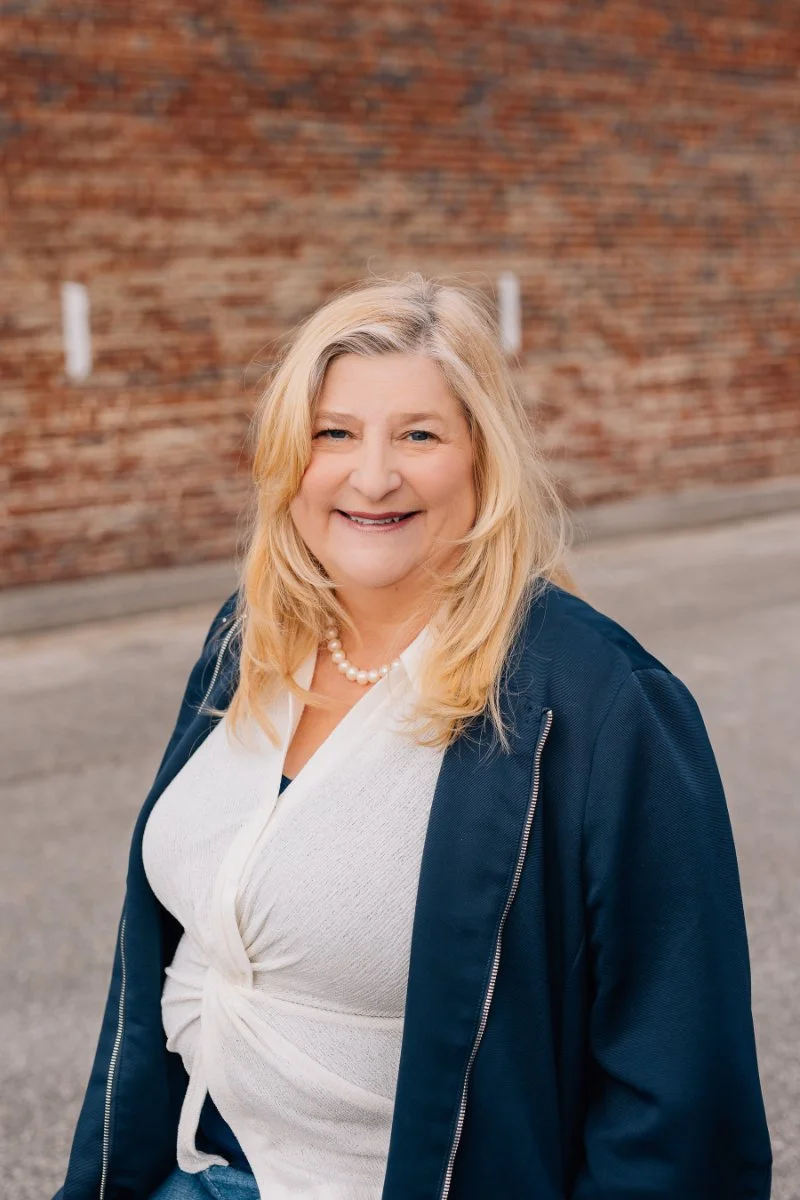How Collaboration in Education Creates Lasting Impact
With decades of experience as a teacher, superintendent, and grant writer, I’ve seen firsthand how collaboration in education is the foundation for meaningful, lasting change. No single leader, consultant, or educator can do it all alone. The most impactful initiatives—whether they're classroom strategies, district-wide reforms, or grant-funded programs—are born from genuine partnerships.
At Bower Consulting, we don’t just write grants. We work alongside school leaders who know their communities, understand their challenges, and are committed to doing what’s best for students. Our role is to help bring their bold ideas to life by pairing their vision with the resources to make it happen—and that’s only possible through true collaboration.
In this post, I’ll share why collaboration in education matters, how it shapes our grant writing process, and what I’ve learned about the power of working together to create lasting impact.
Why Collaboration in Education Matters
Collaboration in education isn’t just a strategy—it’s a mindset. When educators, administrators, consultants, and community members come together with a shared goal, we create space for more thoughtful problem-solving and more impactful results. No one knows the needs of a school better than the people working in it every day. And no one gets results alone.
I’ve spent enough years in education to know that leadership can often feel isolating. It’s easy to feel like the weight of every decision rests solely on your shoulders. But I’ve also learned that leaning on others—trusting your team, listening to new perspectives, and seeking outside expertise—leads to better outcomes. That’s the power of collaboration in education.
In our work at Bower Consulting, we’ve seen collaboration turn a good idea into a fully funded, transformational program. When district leaders bring their vision, and we bring our experience in program development and grant writing, we’re able to co-create something bigger than either of us could do alone. Whether we’re gathering data, designing a new initiative, or aligning goals with funding opportunities, the best work always comes from a place of partnership.
Collaboration in Action
A few months ago, I stepped back into a familiar role—serving as an interim superintendent for a district in need. It didn’t take long to be reminded of the value of a strong, collaborative team. Every day, I witnessed how one idea sparked another, how problems became opportunities, and how listening—really listening—often led to the most creative solutions.
One moment in particular stood out. During a team meeting, someone floated a simple idea for addressing a challenge with student engagement. Another colleague built on that suggestion, adding a new layer. Before long, we had outlined a strategy none of us could have developed alone. That’s what collaboration in education looks like: not a single voice trying to lead the charge, but a group of passionate people coming together to find a better way forward.
These experiences reaffirm what I’ve always believed—that the best ideas don’t come from the top down. They emerge in conversation, in community, and in connection. Whether we’re in a leadership role, a classroom, or supporting schools from the outside, we all benefit when we invite others into the process.
And collaboration doesn’t just make the process more enjoyable—it makes the outcomes more effective and more sustainable. When everyone has a voice in the solution, they’re more invested in the results.
Why Collaboration Is Essential in Grant Writing
Grant writing is often perceived as a solitary task—one person tucked away, drafting proposals and crunching data. But in my experience, the most compelling, fundable proposals don’t come from isolation. They come from collaboration.
When schools partner with Bower Consulting, we don’t walk in with a ready-made solution. We sit down and ask questions. We listen. We learn about the unique strengths, needs, and goals of the district. We work alongside school leaders, counselors, teachers, and community partners to develop a shared vision for what the grant will support.
This collaborative approach ensures that every proposal is rooted in reality—not just a wishlist, but a well-informed, actionable plan that reflects the voices of those closest to the work. It’s not just about getting funding—it’s about building programs that make a meaningful difference because they’re co-created with the people they’re meant to serve.
I’ve found that the more perspectives we bring to the table, the stronger the grant becomes. Whether we’re identifying a pressing need, building out a program framework, or gathering supporting data, collaboration strengthens every step of the process. And funders notice. They can tell when a grant was developed in partnership with the people on the ground—and those are the applications that tend to rise to the top.
Final Thoughts
Throughout my career, I’ve seen firsthand what happens when passionate people come together. Collaboration in education doesn’t just make our work easier. It makes it stronger, more innovative, and more impactful. Whether we’re solving a challenge, pursuing a bold new idea, or crafting a grant proposal that could change lives, the best outcomes are always born from partnership.
If your school or district is looking to take the next step—whether that’s launching a new initiative, seeking funding, or just exploring what’s possible—I’d love to talk. Let’s set up an exploratory call to discuss how Bower Consulting can support your vision and help move your mission forward.
And if you’re not quite ready to dive in but want to stay connected, I invite you to sign up for my weekly newsletter. Each week, I share practical grant tips, updates on funding opportunities, and personal reflections in a segment called Mary’s Minute. It’s a way for us to keep the conversation going—one story, one idea, one partnership at a time. Click here to sign up for the newsletter.



